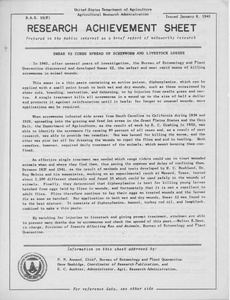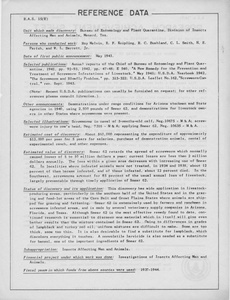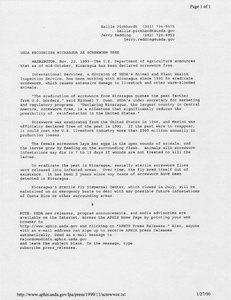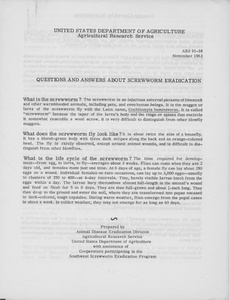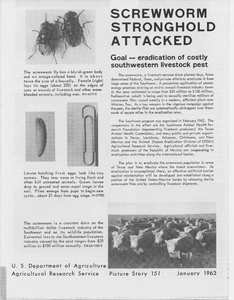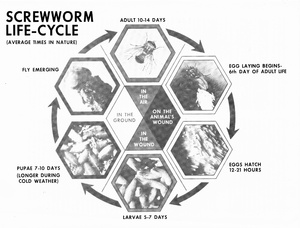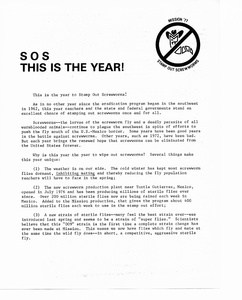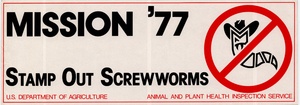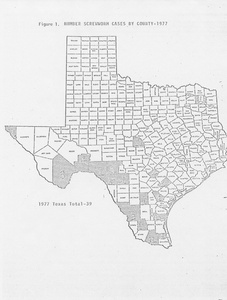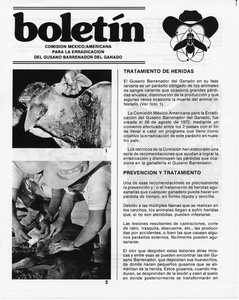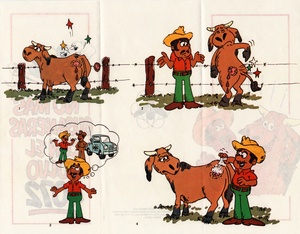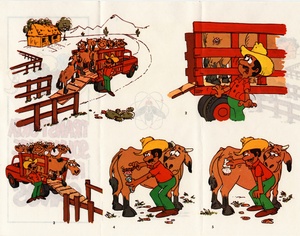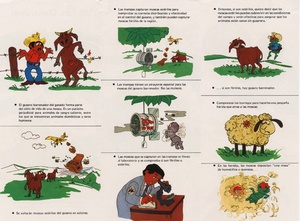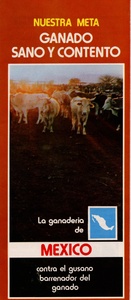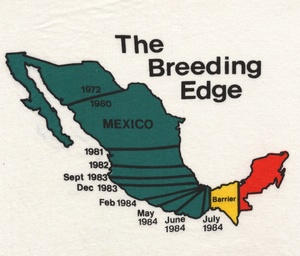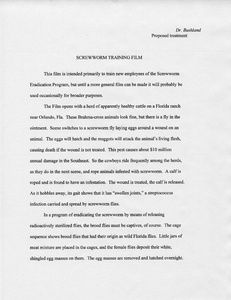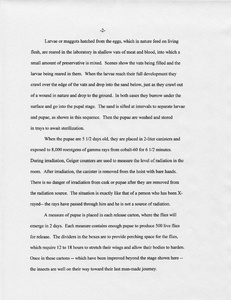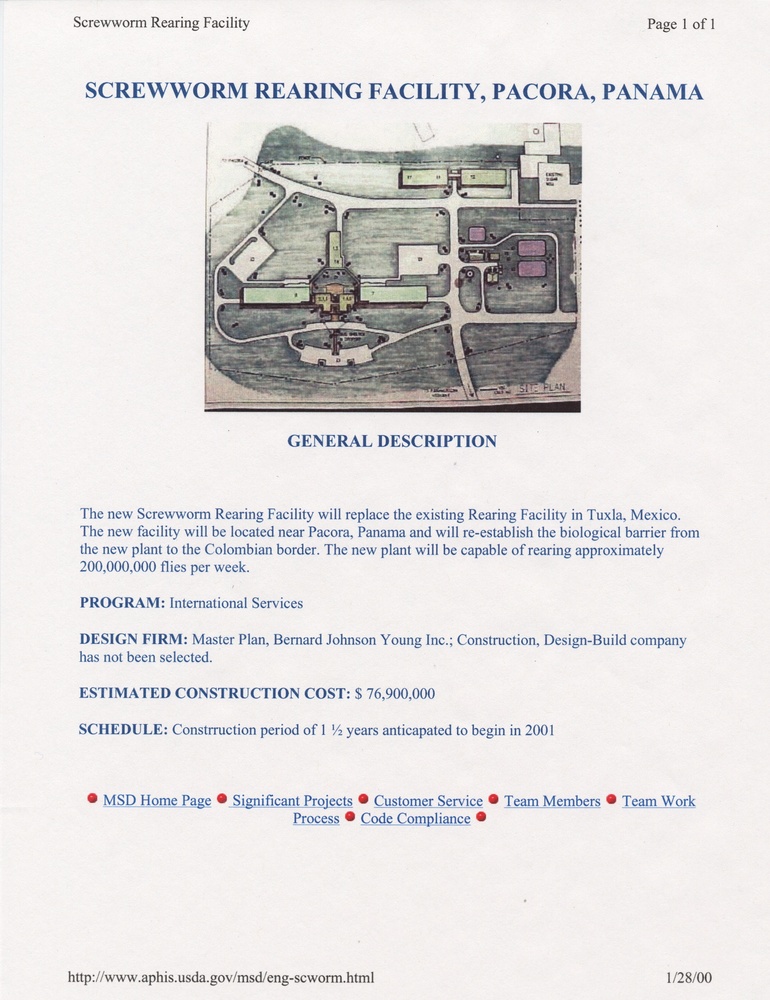Public Information
Knowledgeable Public Advances Agriculture
A knowledgeable public, especially well-informed agricultural producers, is necessary for any major new agricultural program or practice to succeed. USDA's Agricultural Research Service (ARS), USDA's Animal and Plant Health Inspection Service (APHIS), the Mexican-U.S. Commission, state extension services, ranchers' associations, the Mexican Department of Agriculture, and other national agriculture departments educated ranchers and farmers. Much of this information came directly from Commission agents in the form of ranch or farm visits, meetings, producer discussions, and demonstrations. Materials were, and continue to be, produced to tell ranchers what they need to know.
Regionwide Information Efforts
Films, slide shows, reports, news releases, press contacts, logos, informational brochures, graphics and manuals, contact lists, exhibits and demonstrations, and liaison with legislators ”all were part of the Southeast eradication public information effort in 1957 and 1958.
Articles, Bulletins, and Reports
Printed information communicated necessary technical information, in addition to garnering rancher and farmer participation. For decades in the United States, information flowed steadily from government agencies and ranchers' associations to individual livestock producers, teaching them to prevent, treat, and report infestations.
Mission '77
In 1977, the Southwestern eradication program launched an advertising campaign in conjunction with the large fly release program. "Mission '77" referred to the mission to wage a final war against the screwworm.
Mexico-U.S. Commission
The focus of the crusade by the 1980s was Mexico. The logo of the Mexico-U.S. Commission, the atomic fly, became the symbol of the fight against screwworms in Mexico and Central America. Mexico had more small farms and fewer roads than the United States, and fewer people could be reached by mass media. Language and cultural differences complicated the public awareness campaign in southern Mexico and Central America. Not only was there the need to publicize in Spanish, but in some indigenous languages, such as Mayan, as well. Illustrated brochures that did not depend on written language were used to carry the message. Tee shirts showed the progress of eradication efforts in Mexico, and tote bags advertised the program in Nicaragua.
Movies, Television, and Radio
In 1920, USDA used the newest media craze, the silent moving picture, to give ranchers the latest in screwworm prevention and treatment. Other movies, film clips, and radio and television spots followed.
Web Sites Help Combat Screwworms
Today the World Wide Web is a valuable tool in the dissemination of information related to screwworm eradication. Sites produced by USDA agencies and affiliated organizations expand the knowledge of ranchers and scientists. Information on the Screwworm Eradication Collection and links to additional sites are located on the Special Collections page of the National Agricultural Library website (http://specialcollections.nal.usda.gov/guide-collections/screwworm-eradication-program-records).
 An official website of the United States government.
An official website of the United States government.

